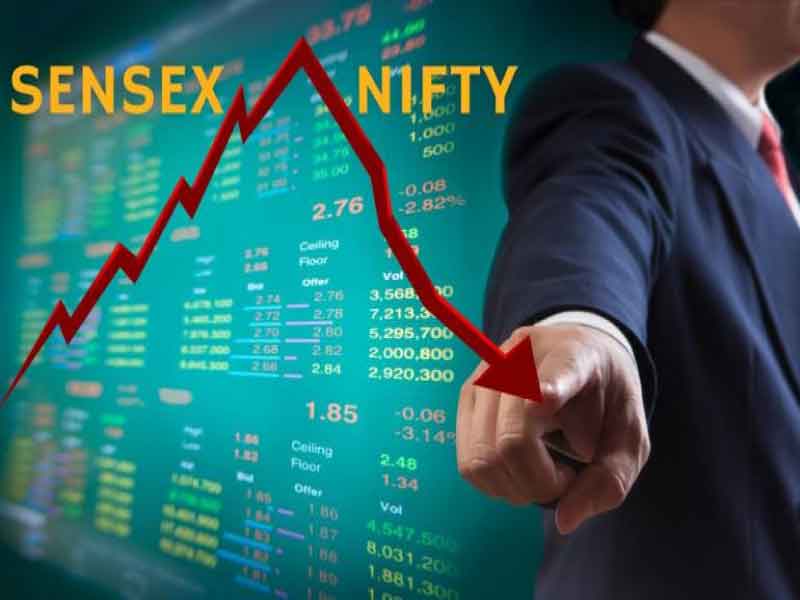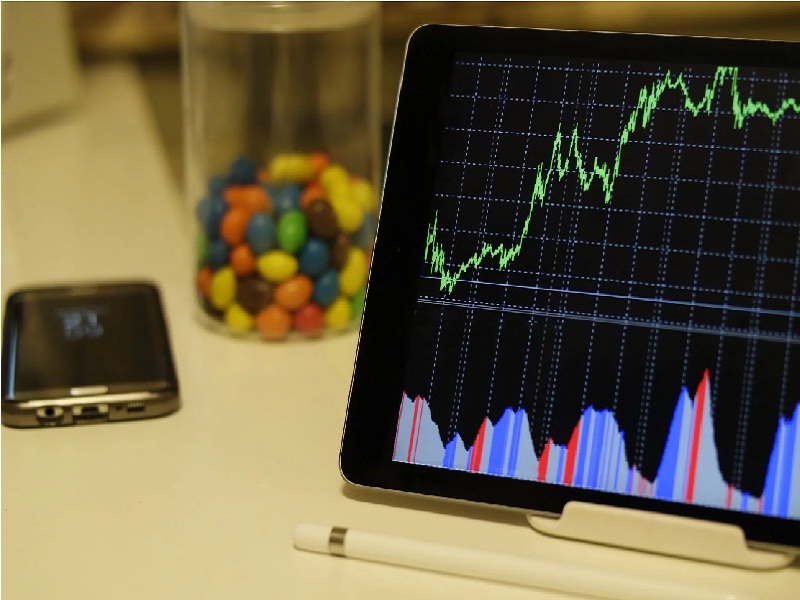The bull-run in markets will continue:Goldman Sachs
Published On: Tuesday, September 8, 2020 | By: Team KnowMyStock

Analysts at Goldman Sachs believe that, the market rally that started in March 2020 after hitting their lowest point 2020 has more legs, and cautions that there could be intermittent corrections along the way. "Markets, are in the first phase of a new investment cycle, which it calls a ‘Hope’ phase, following a deep recession. Investors, it says, start to anticipate a recovery in this phase and is typically the strongest part of the cycle, Goldman Sachs says. “That is what we have been seeing this year. The main triggers for the rebound, in our view, were a combination of slowing infection rates and extraordinary policy support. Financial conditions, which were tightening sharply in the early part of the lockdown, eased rapidly and governments implemented extraordinary fiscal support packages,” wrote, chief global equity strategist and head of macro research at Goldman Sachs in yesterday's report.
“Our economists have recently made upward revisions to their economic forecasts and it is likely that analysts’ expectations will follow. Our Bear Market Indicator (GSBLBR), which was at very elevated levels in 2019, is pointing to relatively low risks of a bear market despite very high valuations,” he said.
Major global indices – the NASDAQ, Bovespa, Seoul Composite, S&P 500, Dow Jones (DJIA), S&P BSE Sensex, NYSE, DAX, Nikkei and, CAC 40 – have all gained 37 per cent to 75 per cent since their respective March 2020 low, data show. Typically, a rise of 20 per cent or more in an index or a stock is considered as the asset being in a bull phase.
The liquidity support from global central banks that has fueled this rally is likely to continue and the 'policy support' remains very supportive for risk assets, Goldman Sachs believes. With the equity risk premium having room to fall, Oppenheimer says equities as an asset class offers a reasonable hedge to higher inflation expectations.
“Equities look cheap relative to corporate debt, particularly for strong balance-sheet companies (60 per cent of US companies and 80 per cent of European companies have dividend yields above the average corporate bond yield). The resumption of zero nominal interest rate policy in the recent past, together with the extended forward guidance, has created an environment of greater negative real interest rates. This should be highly supportive to risk assets in an economic recovery,” he said.
Lastly, as the digital revolution continues to gather pace, Goldman Sachs believes this transformation of the economy and stock markets has further headroom. “These companies could continue to drive valuations and returns in this bull market,” the report suggests.
We are on Telegram!
JOIN our telegram channel to receive updates on Financial News and Stock and FNO Tips.
Click Here!
Follow Us On:






